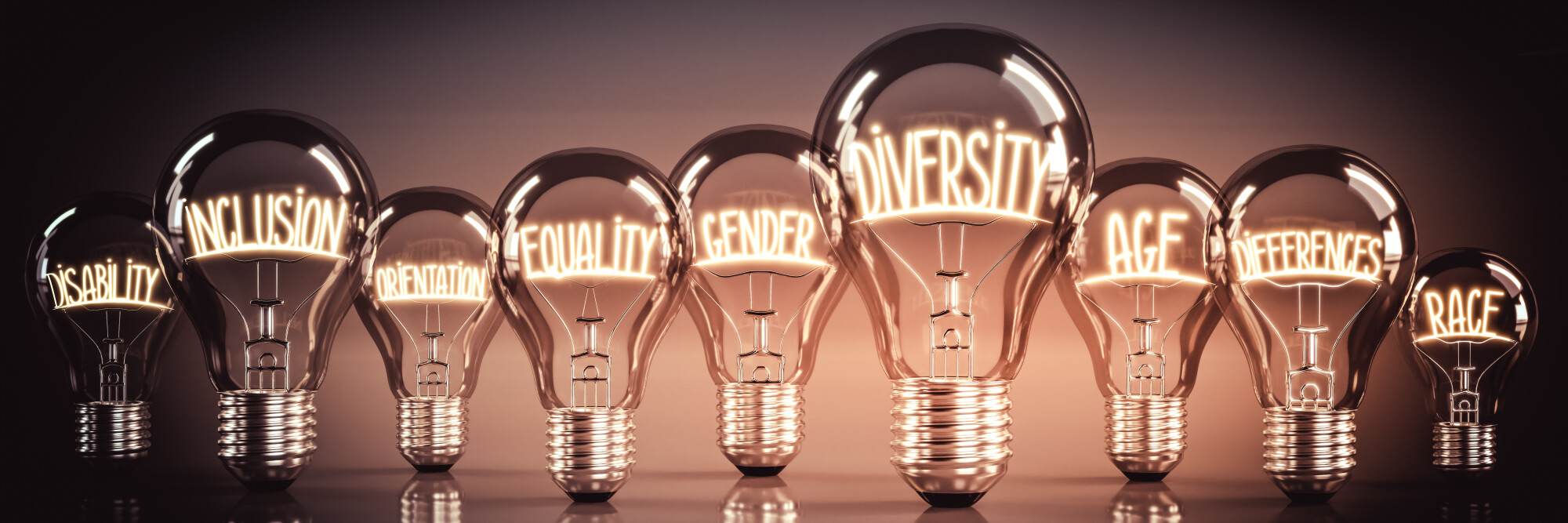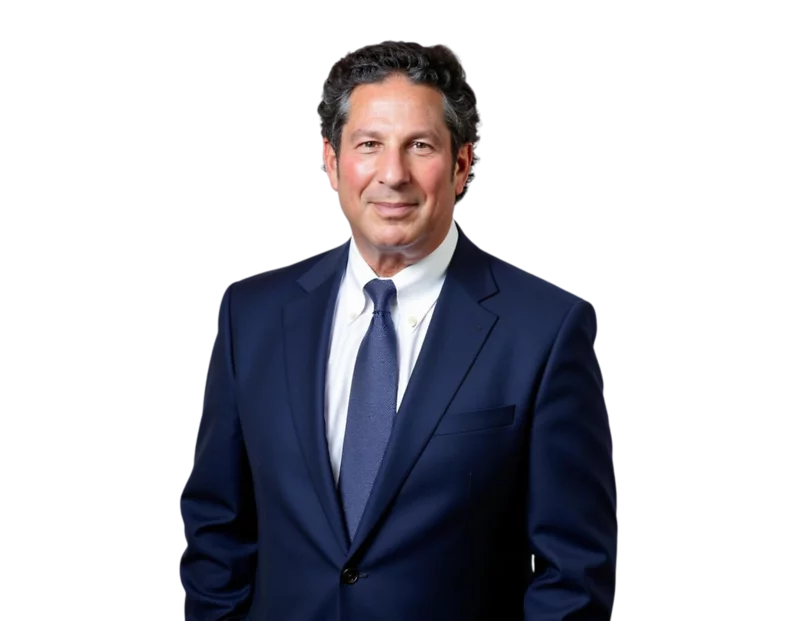Like most of you, 2021 has been sort of surreal. After more than a year of some hybrid form of working from home with your “pod” of people (family, friends, or some combination thereof), where our collective 24/7 life cycle consisted of wake, eat, work, yell at your kids/friends/pets, maybe shower, binge watch a show, maybe exercise, maybe drink, and then repeat in some similar order again … and again. The light at the end of the COVID tunnel seemed elusive, and for some it still is.
Sitting in my home office, I often pondered about the future of work and how it may look and feel post-pandemic. Working from home often allowed us to be our whole self and work. The question for many, now that we are returning to the office, is whether we can bring our whole self to work and still be accepted?

In some ways, the pandemic forced us to really think about this as employers and employees. And, I feel optimistic. I truly believe the socially, racially, politically and economically determined generation of workers in America are finding their rhythm, their beat…and ultimately their “own” place in their workplaces. The key will be how to incorporate some form of diversity, equity, inclusion, belonging, justice, etc. into each of our workplaces, both as an employer and as an employee.
Wherever you look, whether it is the hospital that your aunt was treated for COVID, or the school your child attends, or the place where you or your parents worship, some form of DEI principles is being contemplated and incorporated. And, whether you agree that this is what we should be spending our time and money doing or not, it is happening. Organizations doing this right are emerging triumphantly out of 2020 with a defined path forward. Whether it means they are attracting better qualified candidates, or selling more product, or enrolling more students, they are learning that we no longer can procrastinate on DEI issues.
And, even the new Administration is focused on DEI. This Administration has the most diverse cabinet of any modern day President. And, since President Biden took office earlier this year, his Executive Orders, memorandums, and proclamations prioritize a comprehensive set of policies intended to enhance diversity and equity. This reflects an unprecedented effort by a presidential administration to address diversity and equity comprehensively, across multiple policy initiatives, agencies, and departments. This foundational approach lays the groundwork for government enforcement—on the private sector’s efforts to comply with relevant laws and regulations in this space.
For example:
- Executive Order on Preventing and Combating Discrimination on the Basis of Gender Identity or Sexual Orientation: This Executive Order reinforces the Supreme Court’s recent holding in Bostock v. Clayton County, which held that Title VII of the Civil Rights Act of 1964 extends to discrimination on the basis of sexual orientation or gender identity. The Order commits to fully enforcing Title VII, Title IX, the Fair Housing Act, Section 412 of the Immigration and Nationality Act, and other laws that prohibit discrimination on the basis of gender, and to extending the coverage of those laws to discrimination on the basis of gender identity and sexual orientation. The Order instructs each agency head to consider revising or rescinding agency actions that may be inconsistent with this policy.
- Executive Order on Advancing Racial Equity and Support for Underserved Communities Through the Federal Government: This Executive Order revokes President Trump’s Executive Order 13950, which restricted diversity and inclusion training by federal agencies and contractors, and Executive Order 13958, which established the 1776 Commission, an advisory committee formed to promote “patriotic education” in public schools regarding the history of the American founding. The Order further commits the federal government to affirmatively advance “equity, civil rights, racial justice, and equal opportunity.” It emphasizes the Administration’s commitment to embedding equity throughout the federal government and directs the Domestic Policy Council to coordinate those efforts. Within a year, each agency must also develop an action plan to address identified barriers. The order also establishes a “Data Working Group” that will study methods to measure and assess federal equity and diversity efforts and encourages agencies to consult with members of historically underrepresented communities.
- Executive Order on Restoring Faith in Our Legal Immigration Systems and Strengthening Integration and Inclusion Efforts for New Americans: This Executive Order outlines the Administration’s priorities when it comes to immigration by elevating the White House’s role in coordinating the federal government's strategy to promote immigrant integration and inclusion. It re-establishes a Task Force on New Americans to ensure that our legal immigration system operates fairly and efficiently. The order requires agencies to conduct a top-to-bottom review of recent regulations, policies, and guidance that have set up barriers to our legal immigration system. It also rescinds President Trump's memorandum requiring family sponsors to repay the government if relatives receive public benefits, instructs the agencies to review the public charge rule and related policies, and streamline the naturalization process.

These are just some examples of the Administration’s intentions with respect to diversity, equity and inclusion principles. I have also noticed that many of the Executive Orders were carefully worded using “inclusive” language. In particular, I am pleased to see that this is the first Administration that has plainly addressed what I call the intersectionality of immigration and diversity, equity, and inclusion. (I will write more on this in coming posts.)
It is important to note, the Administration is not yet setting out a prescription of exactly what each employer ought to do, but rather setting out foundational principles of what it means to strive toward the goal of making it possible for each of us to bring our whole self to work, where our employers and co-workers will not only accept us for who we are, but will value and listen to our collective prospective. And, the data supports this approach! It reveals that when you do this right, your country, community, workplace, home, etc. prosper and thrive.
- Partner
With more than 20 years of experience—and as an immigrant herself—Punam brings both legal expertise and personal perspective to her counsel.
Her immigration practice includes working with U.S. companies—from startups to ...
Also on Sharpen Your FOCUS: Perspectives on Workplace Diversity
Sharpen Your FOCUS offers timely insights into the legal and practical dimensions of DEI, accessibility, and belonging in the workplace. Drawing from both employer and employee perspectives, we explore emerging topics, shifting legal interpretations, and the real-world impact of inclusive leadership. Thanks for joining the conversation.

















